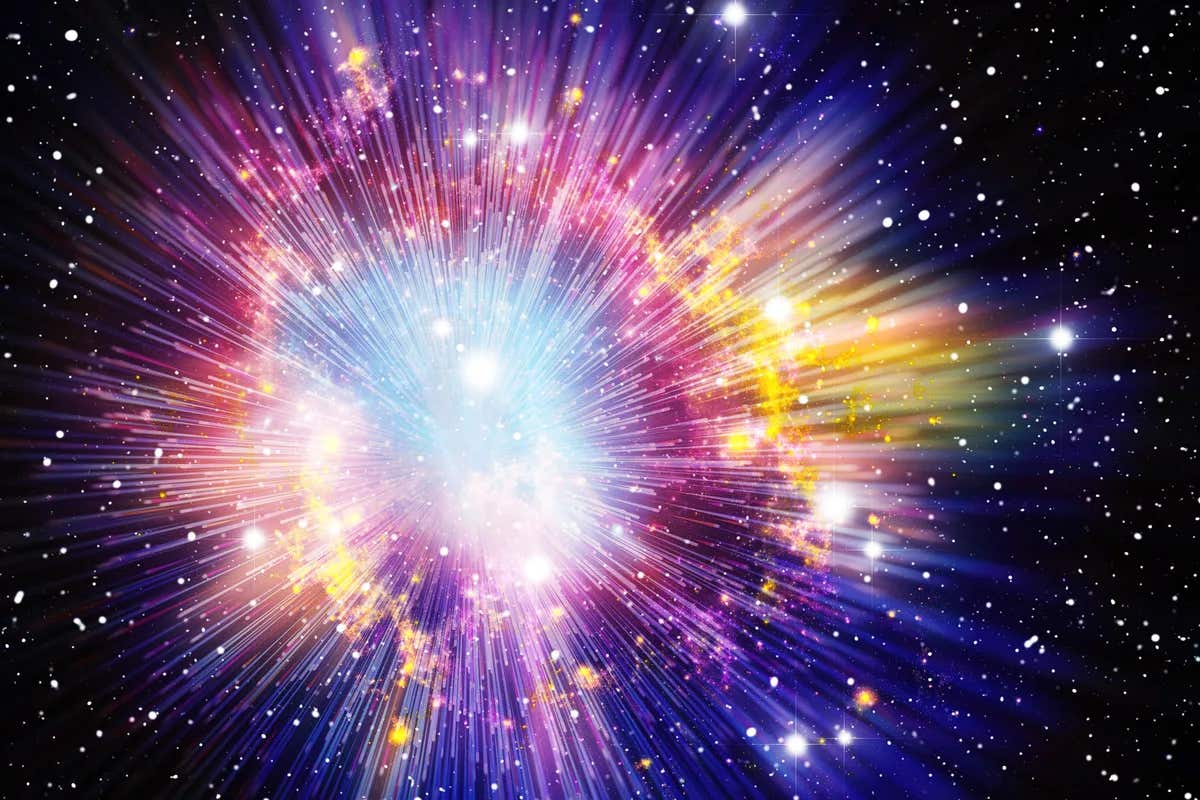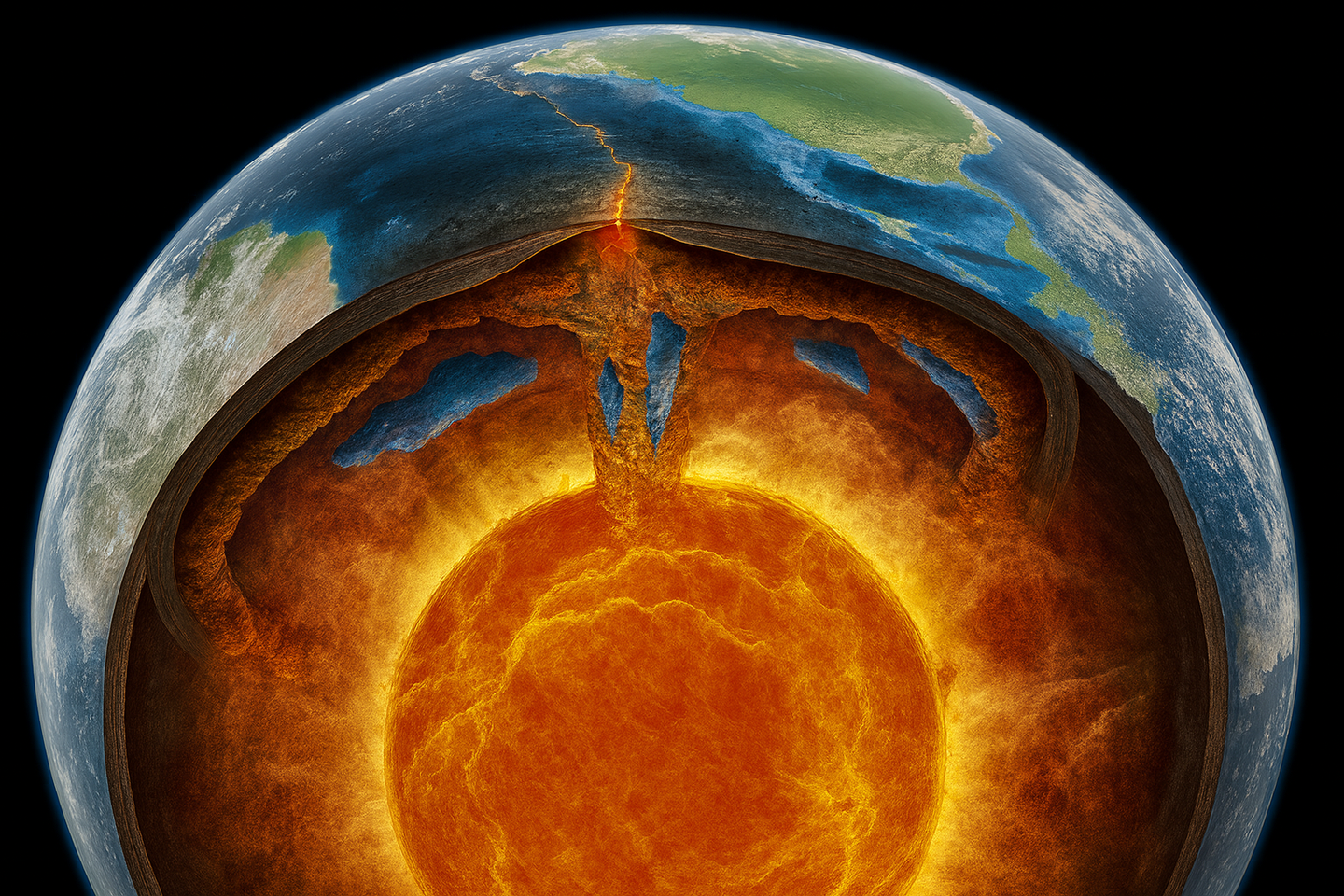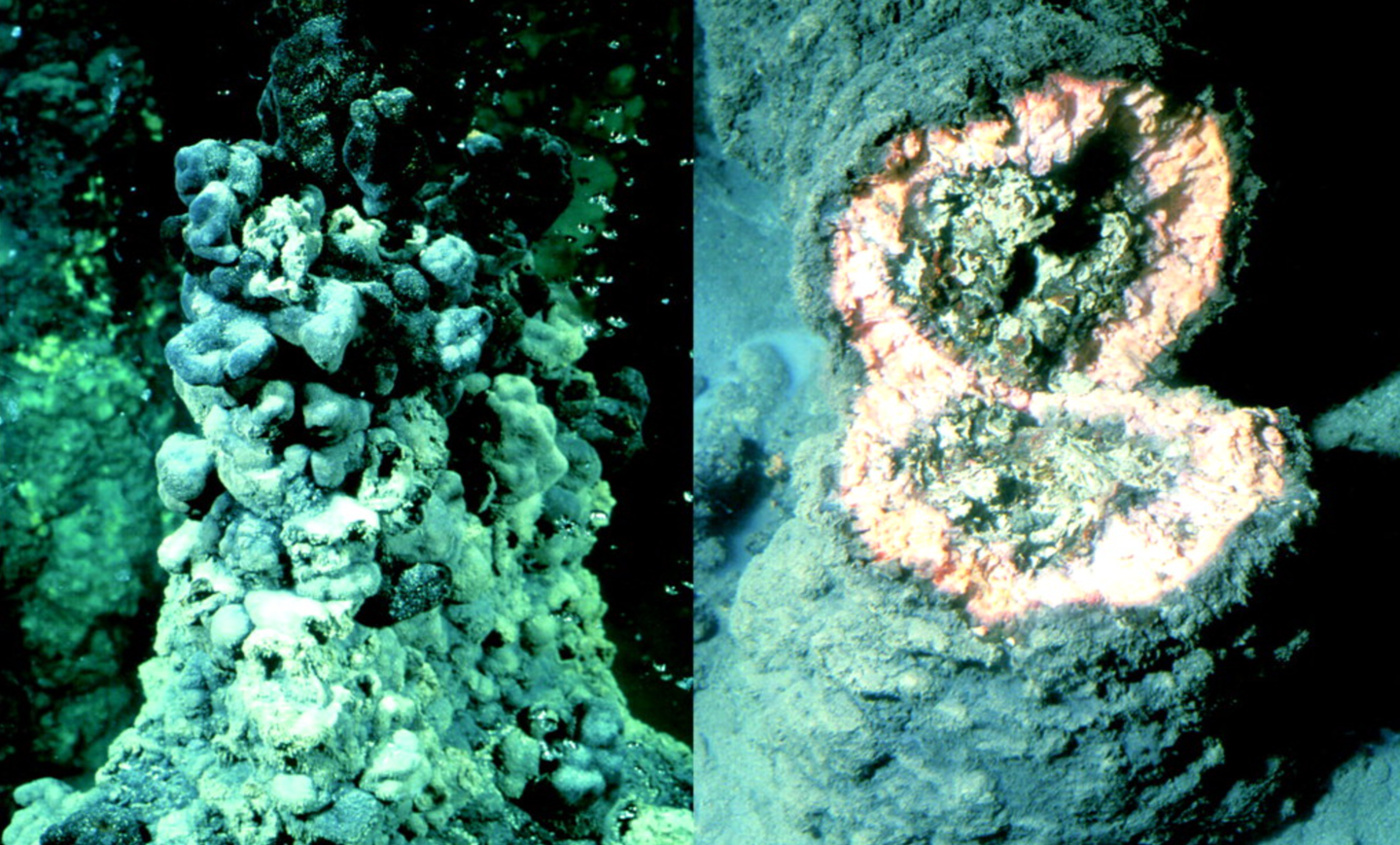Harvard and Cambridge scientists disprove the Big Bang’s inflation theory
A faint gravitational signal may one day rule out cosmic inflation and reshape our understanding of the universe’s birth.

A faint background of ancient gravitons could challenge the Big Bang’s inflation theory and unlock secrets from the universe’s earliest moment. (CREDIT: Getty Images)
In the earliest moments after the universe was born, everything changed—fast. This rapid expansion, known as cosmic inflation, was theorized to solve problems in the Big Bang model. It explains why the universe looks so uniform and why galaxies are spread the way they are. But despite its popularity, inflation has its critics. Some believe it's too flexible to ever be tested in a solid, scientific way.
Now, two astrophysicists argue that cosmic inflation could, in fact, be ruled out—if one particular signal is ever found. This signal, called the cosmic graviton background (CGB), may hold the key to what really happened in the first trillionth of a trillionth of a second.
A Window Into the Beginning of Time
Dr. Sunny Vagnozzi, from the University of Cambridge and now at the University of Trento, and Professor Avi Loeb of Harvard University have put forward a bold idea. They say if we could detect the CGB, we might finally test cosmic inflation in a model-independent way.
“Inflation was theorised to explain various fine-tuning challenges of the so-called hot Big Bang model,” said Vagnozzi. “It also explains the origin of structure in our Universe as a result of quantum fluctuations.”
But he also points out a problem: inflation has so many possible versions that it becomes hard to test. If one model fails, another can take its place. This makes it tricky to say whether inflation itself is truly scientific—or just flexible enough to always fit the data.
Loeb added, “When the results from the Planck satellite were announced, they were held up as a confirmation of cosmic inflation. However, some of us argued that the results might be showing just the opposite.”
That 2013 release from the Planck satellite mapped the cosmic microwave background (CMB), which is the oldest light in the universe. These maps show what the universe looked like nearly 14 billion years ago, 100 million years before stars even formed. The CMB is often called a “baby picture” of the universe.
Related Stories
- Dark matter first originated in a ‘Dark Big Bang’, study finds
- New theory challenges Big Bang, dark matter, and dark energy in the birth of the universe
- Scientists think they discovered what existed before the Big Bang
Why the Cosmic Graviton Background Matters
Even older than the CMB, though, could be a different kind of signal—not from light, but from gravity. Gravitons, the theoretical particles that carry the force of gravity, could have escaped the dense early universe as early as 10⁻⁴³ seconds after the Big Bang. This era, known as Planck time, is the earliest point we can describe using known physics.
At that time, the universe was unimaginably hot—about 10³² degrees. Once gravitons decoupled and began to move freely, they would have left behind a “relic” radiation called the cosmic graviton background. According to Vagnozzi and Loeb, this CGB should still exist today, as a faint thermal glow at a temperature of roughly 0.9 Kelvin—colder than the CMB, but still measurable.
If the CGB is real and we can detect it, it would directly challenge inflation. The theory says that the huge expansion during inflation would have diluted any early graviton background so much that it would now be undetectable.
“A proper understanding of what came before [the Planck time] requires a predictive theory of quantum gravity, which we do not possess,” Loeb explained.
So if the CGB is found, it would not only threaten inflation—it might also open the door to testing quantum gravity theories, a dream of physicists for decades.
Finding What Shouldn’t Exist
Detecting the CGB won’t be easy. The signal it would leave behind includes high-frequency gravitational waves, peaking around 100 GHz. Current gravitational wave detectors like LIGO and Virgo aren’t even close to that range. Building the tools to detect such waves would need major breakthroughs in superconducting magnets and gyrotron technology.
Still, Vagnozzi and Loeb are hopeful. They argue that next-generation cosmological probes could detect indirect signs of the CGB by measuring changes in the universe’s expansion. This is because the CGB adds to the total radiation energy in the early cosmos—just like light and neutrinos do.
Specifically, the presence of the CGB would slightly increase the number of “relativistic species,” or fast-moving particles that influence early cosmic growth. The increase they expect, called ΔNeff,g, is around 0.054. That’s within reach of upcoming space missions and telescope surveys.
The researchers caution that only a direct detection of high-frequency gravitational waves would be the smoking gun. But indirect evidence could point the way.
A New Test for the Oldest Ideas
The idea of inflation has long enjoyed a strong reputation in cosmology. It was introduced to fix several gaps in the Big Bang model, such as why the universe is so flat and smooth. And many predictions of simple inflation models match what we see in the CMB and the large-scale structure of galaxies.
But not everything lines up neatly. Critics have noted that inflation’s flexibility means it can be molded to fit almost any set of observations. This has led to questions about whether it can ever be truly falsified.
That’s why the search for the CGB is so exciting. It offers a clear yes-or-no test. If the CGB is found, inflation can’t be correct—or at least not in the way it’s currently understood.
The physics behind this is tied to how inflation would stretch the universe. If it occurred, the scale factor—the “ruler” that measures the size of the universe—would have grown exponentially. This would cool and dilute the CGB so much that no trace would remain.
The math shows that after 60 or more “e-folds” of expansion during inflation, the CGB temperature would be suppressed by a factor of e⁻⁶⁰, making it virtually undetectable. And most inflation models predict even more e-folds, tightening the squeeze.
Some scientists have proposed incomplete inflation scenarios with fewer e-folds, but those face other problems. For example, they struggle to match precise measurements of spatial curvature.
Another escape hatch—reheating the universe to ultra-high temperatures after inflation—also runs into trouble. Most theories don’t allow reheating to go above the Planck scale, and observations suggest it didn’t happen.
All of this leads back to a clear conclusion: if the CGB exists and is found, then inflation in its current form didn’t happen.
What Comes Next?
Detecting the CGB would not only rule out inflation—it would be one of the most important discoveries in physics. It would let scientists study the universe as it was less than a trillionth of a trillionth of a second old.
It would also give new tools to test ideas about quantum gravity, and perhaps even show whether the universe began with a bang—or with a bounce, as Loeb and others have proposed.
The challenge is enormous, but the potential payoff is cosmic.
Note: The article above provided above by The Brighter Side of News.
Like these kind of feel good stories? Get The Brighter Side of News' newsletter.



